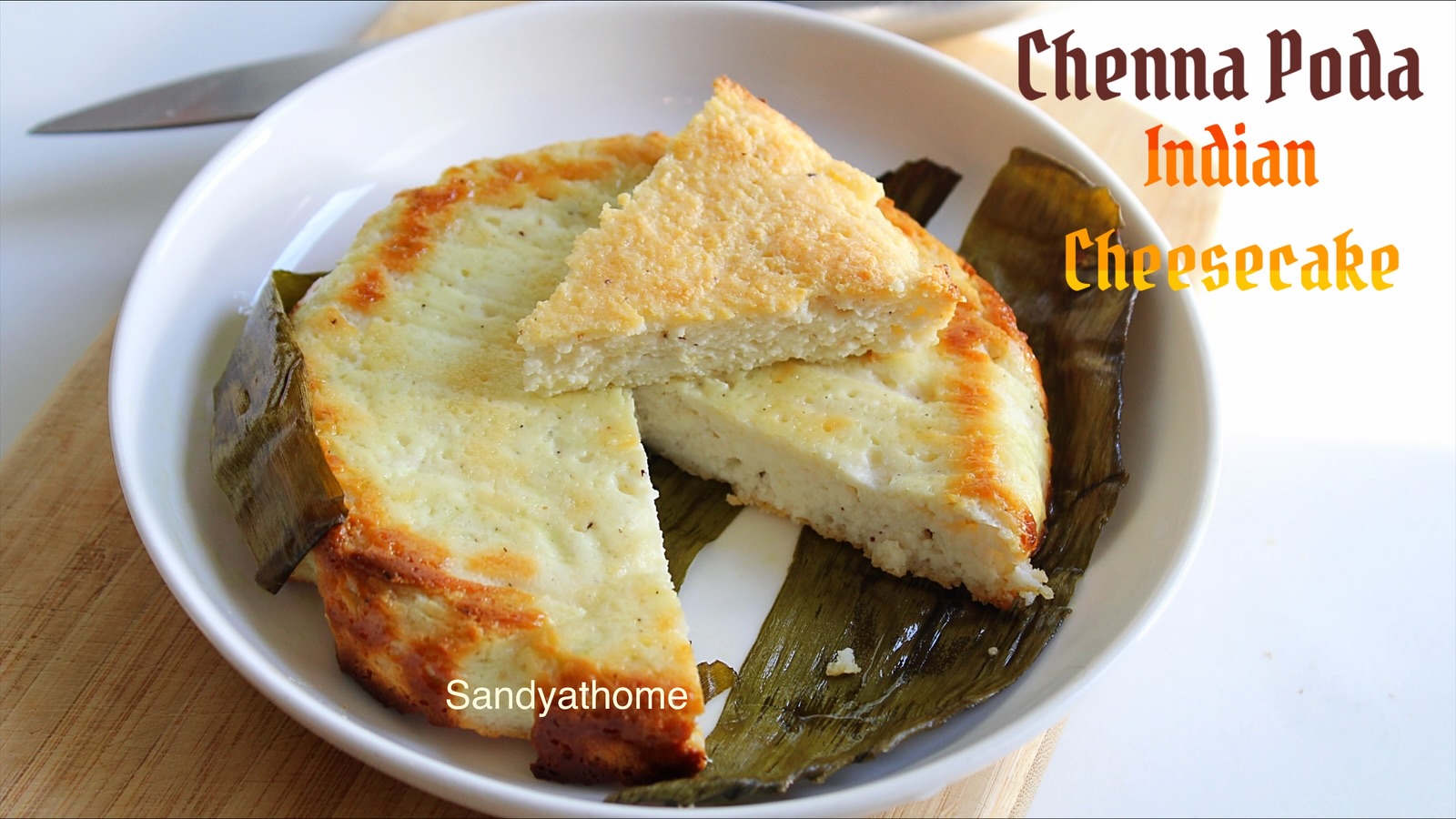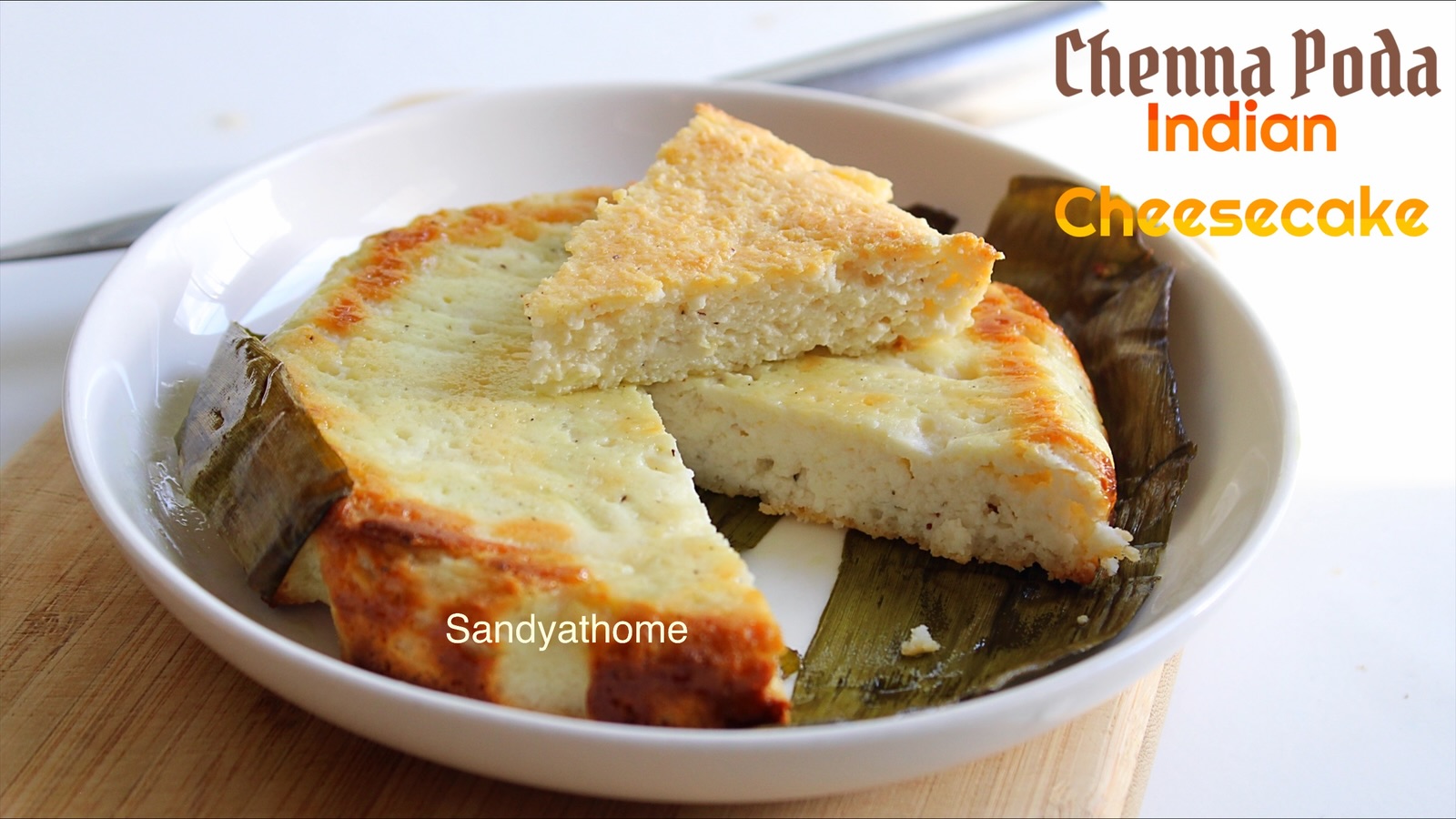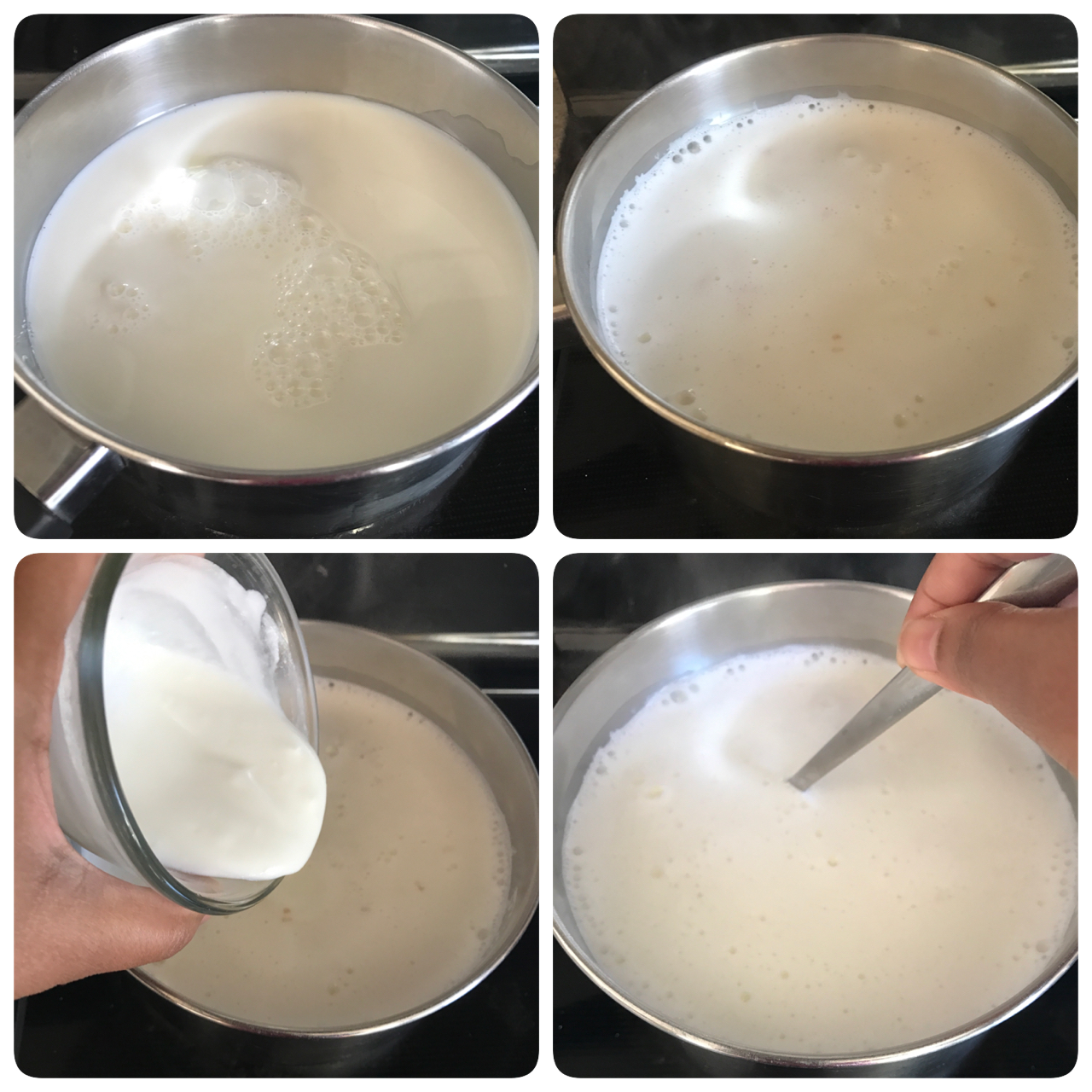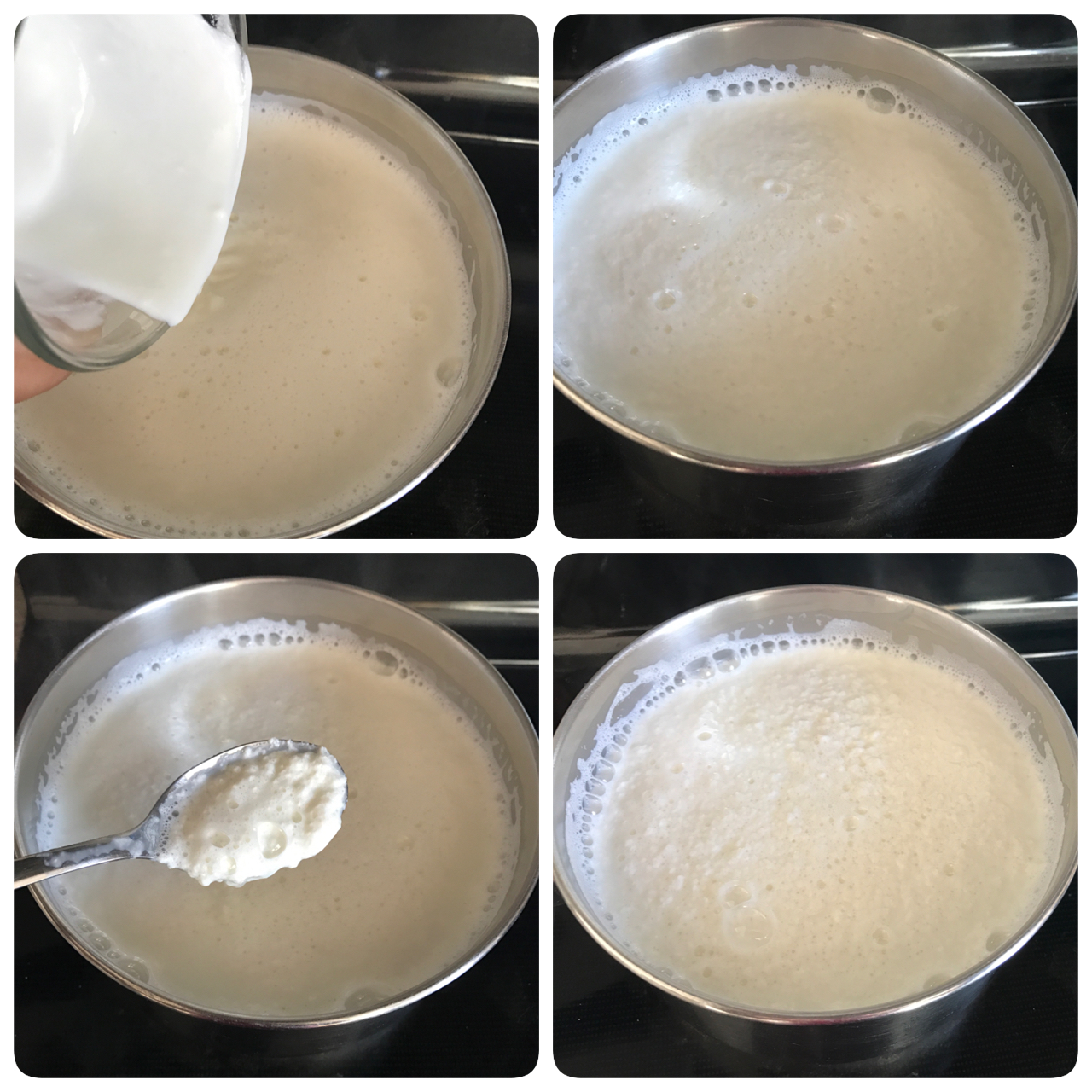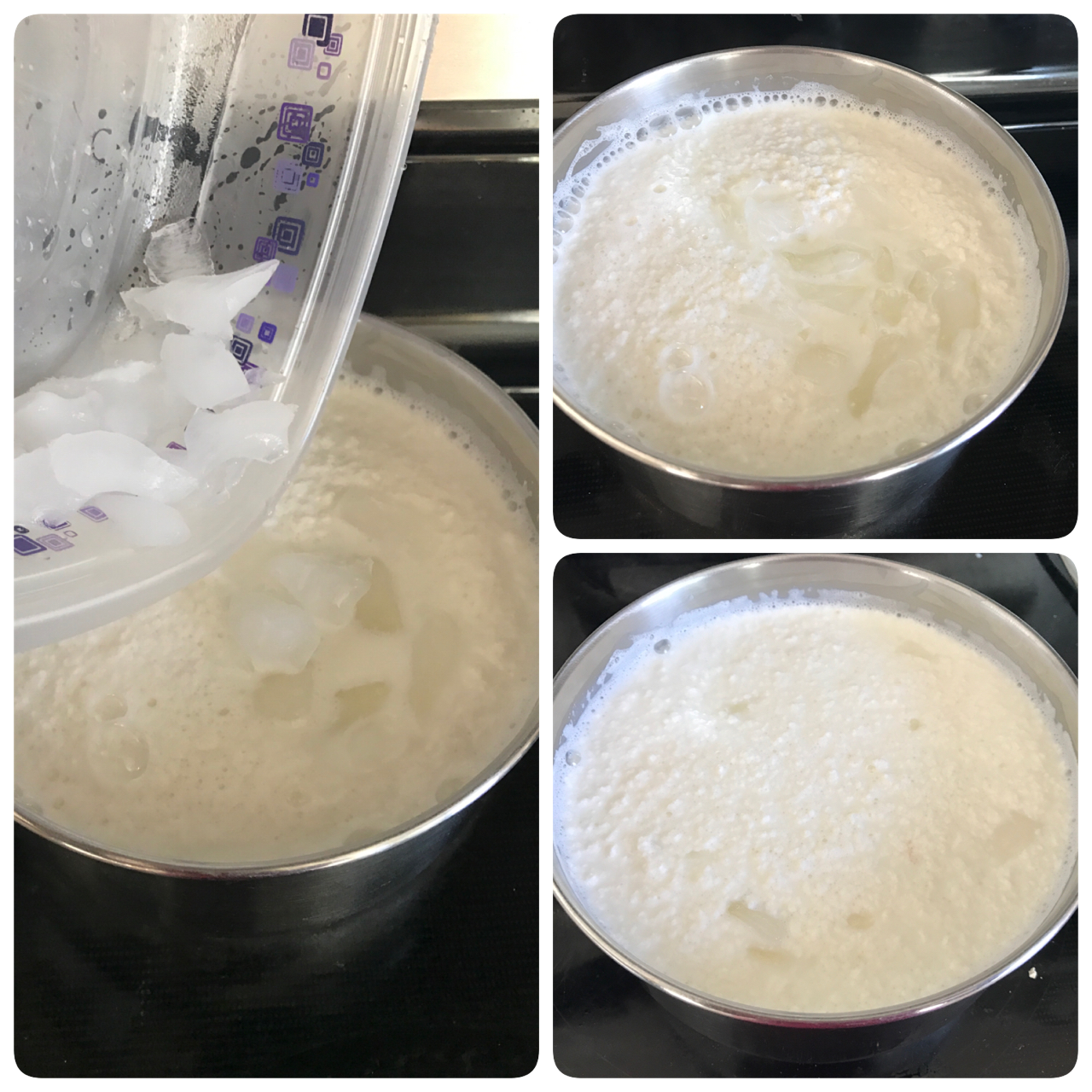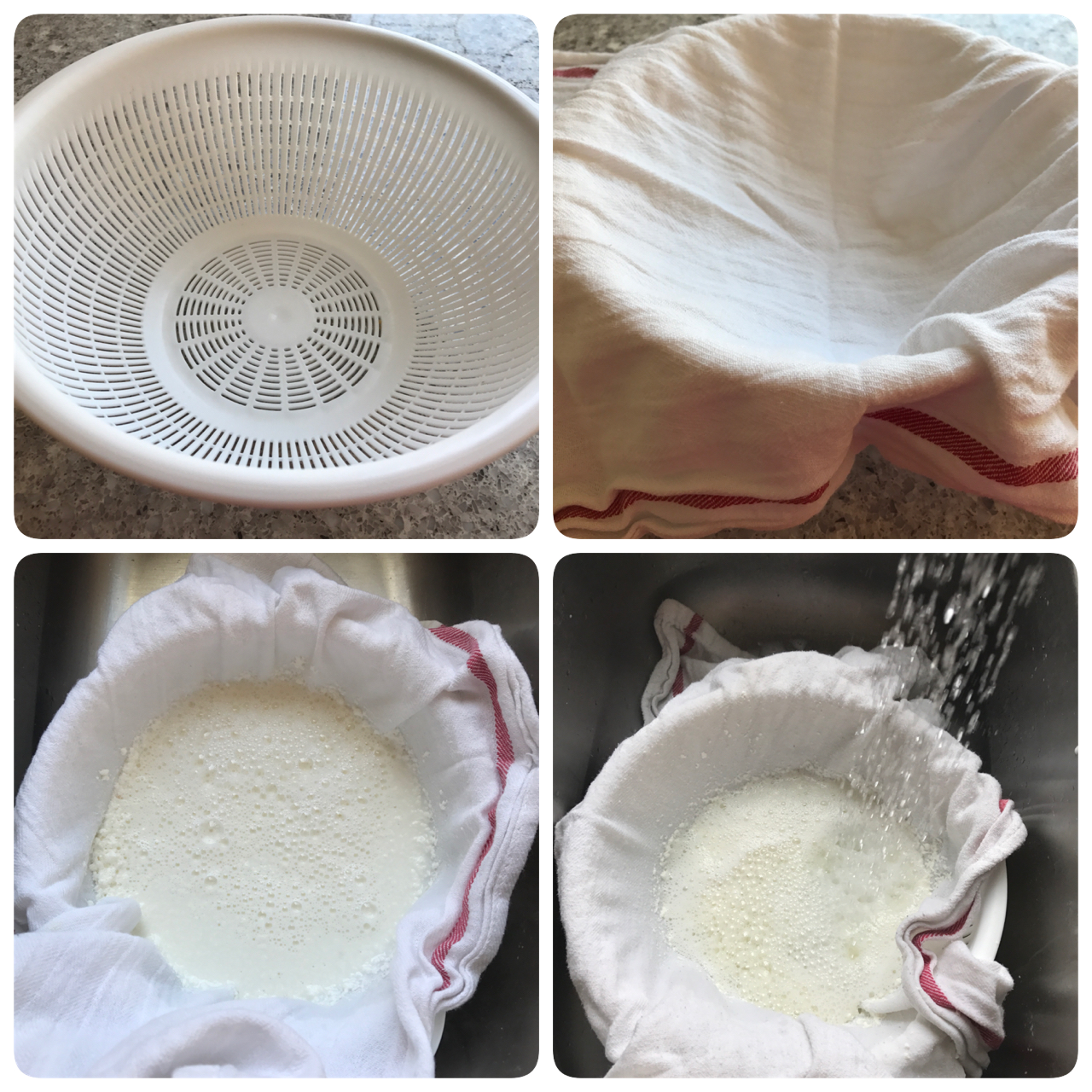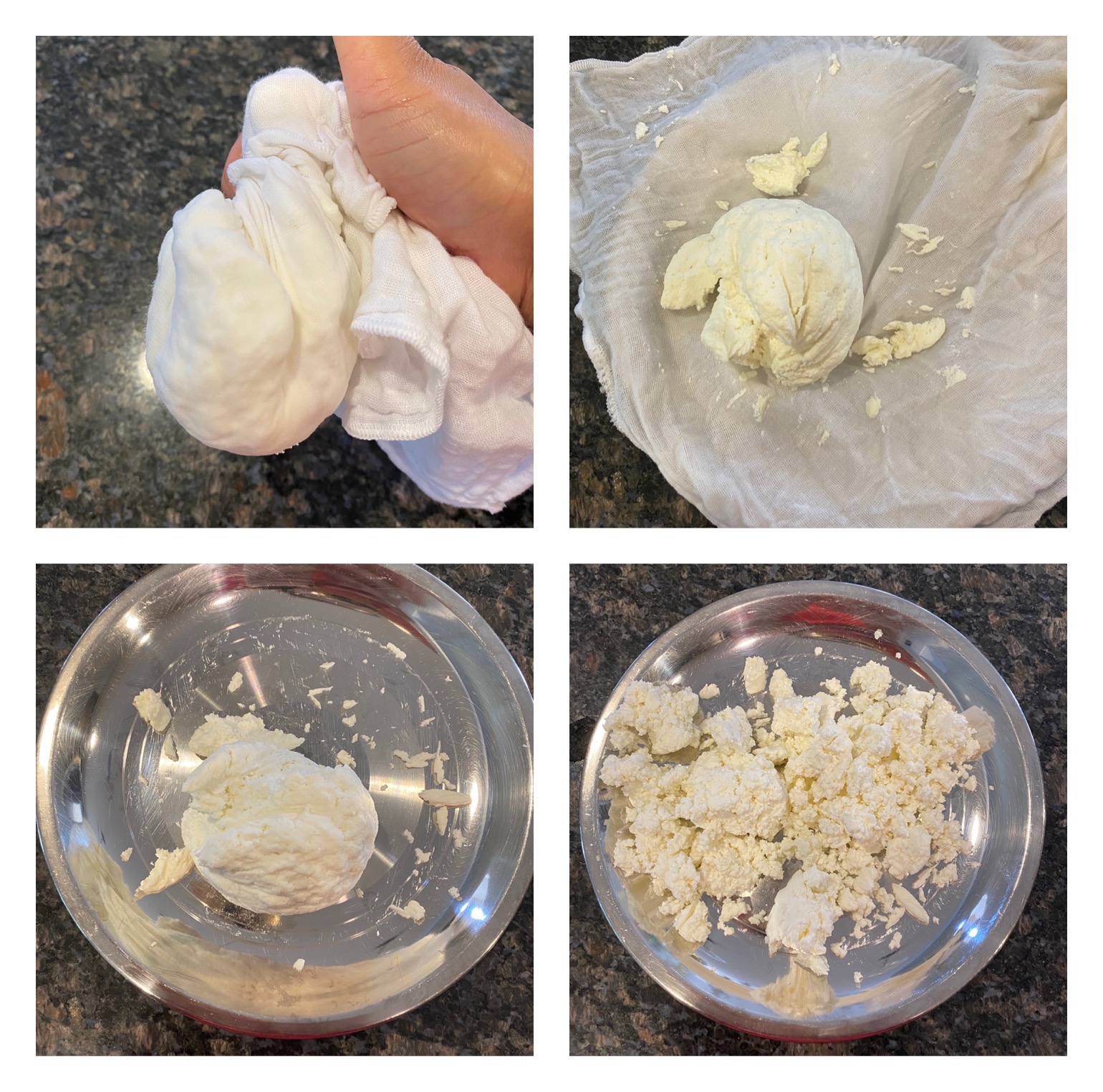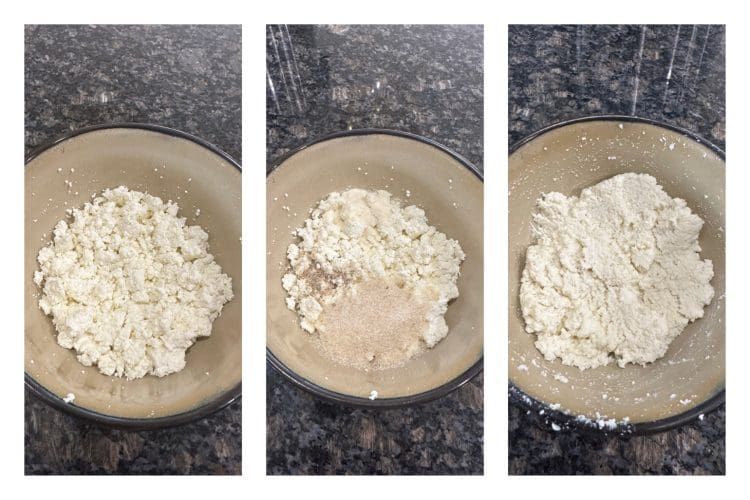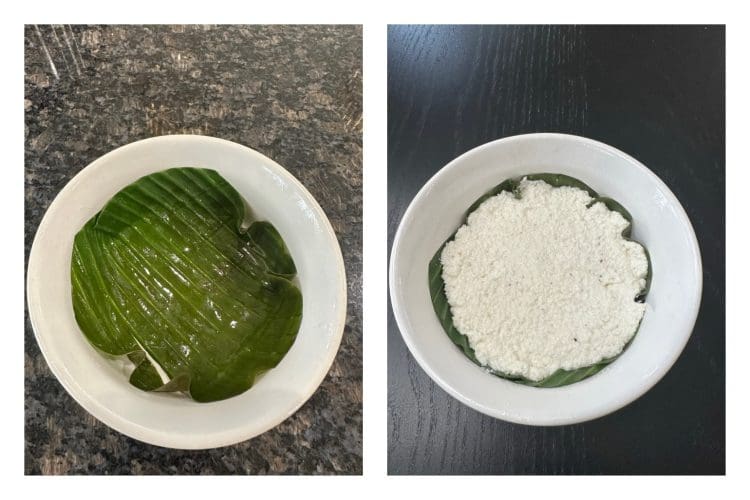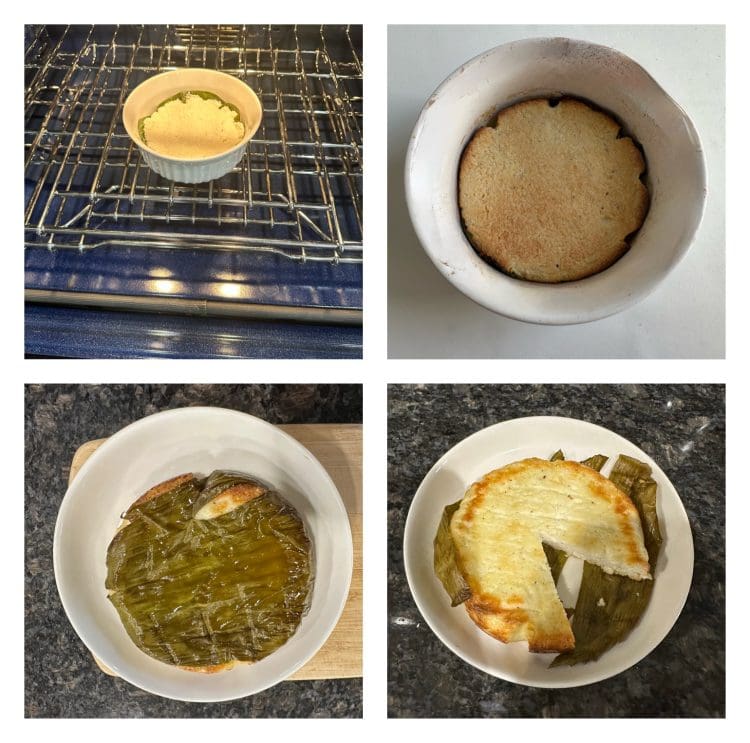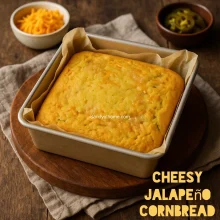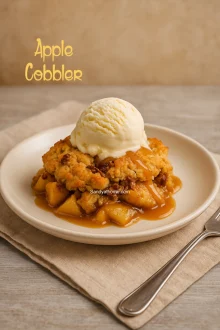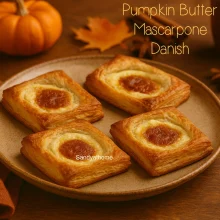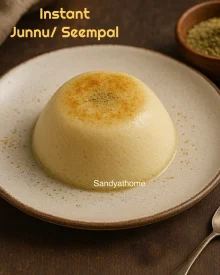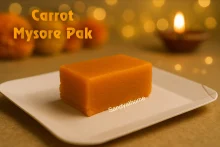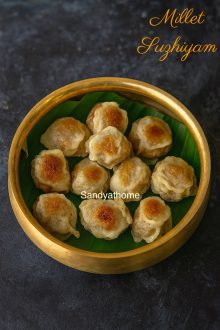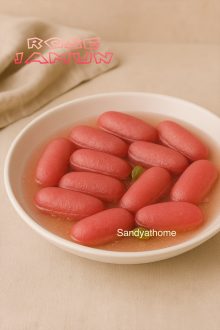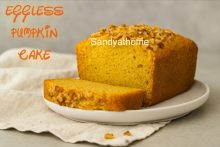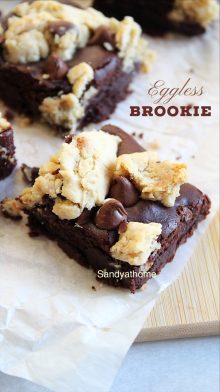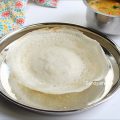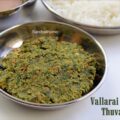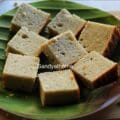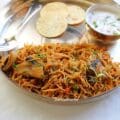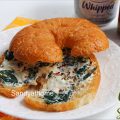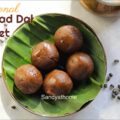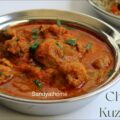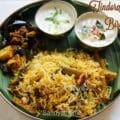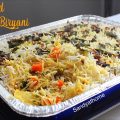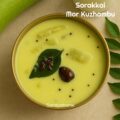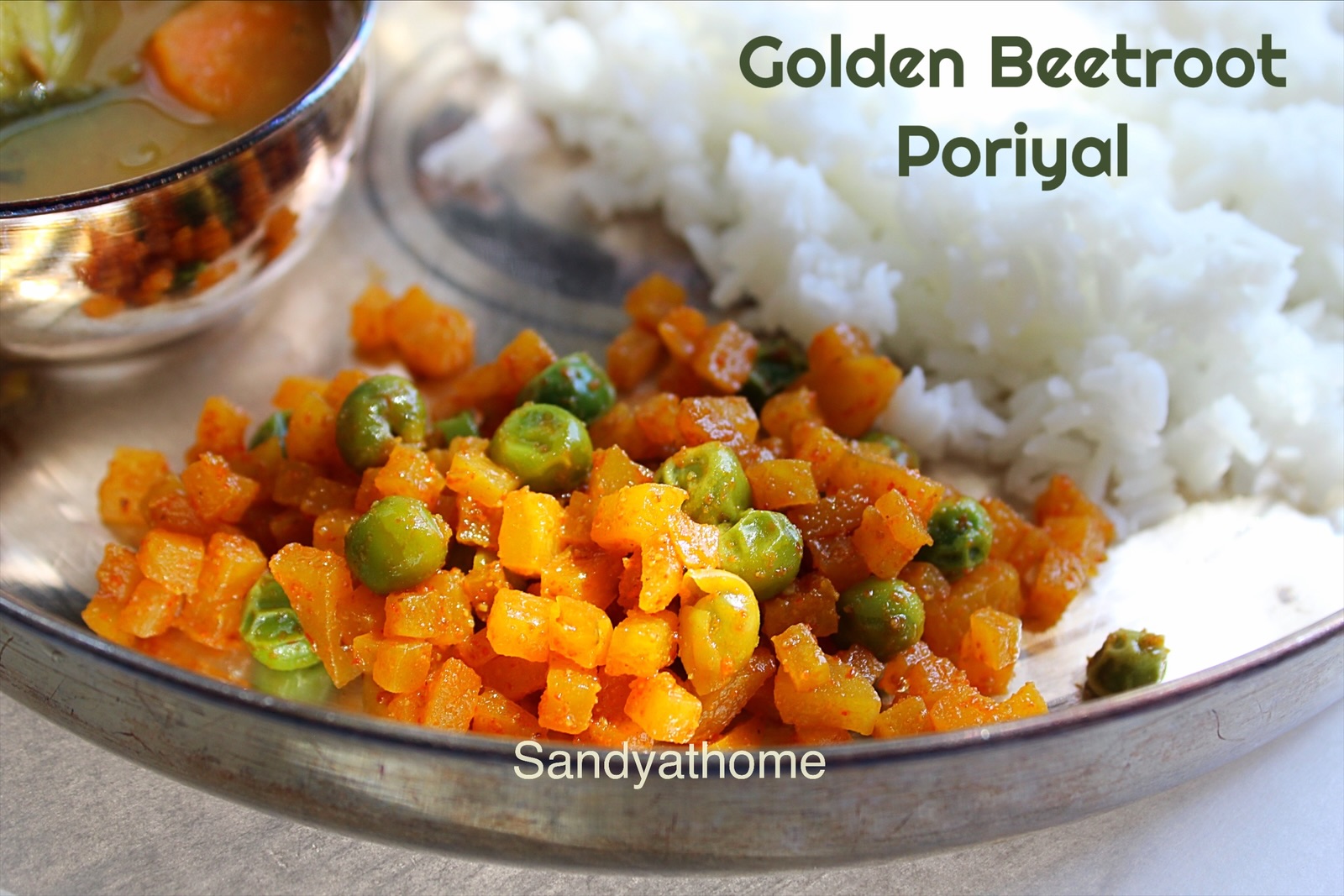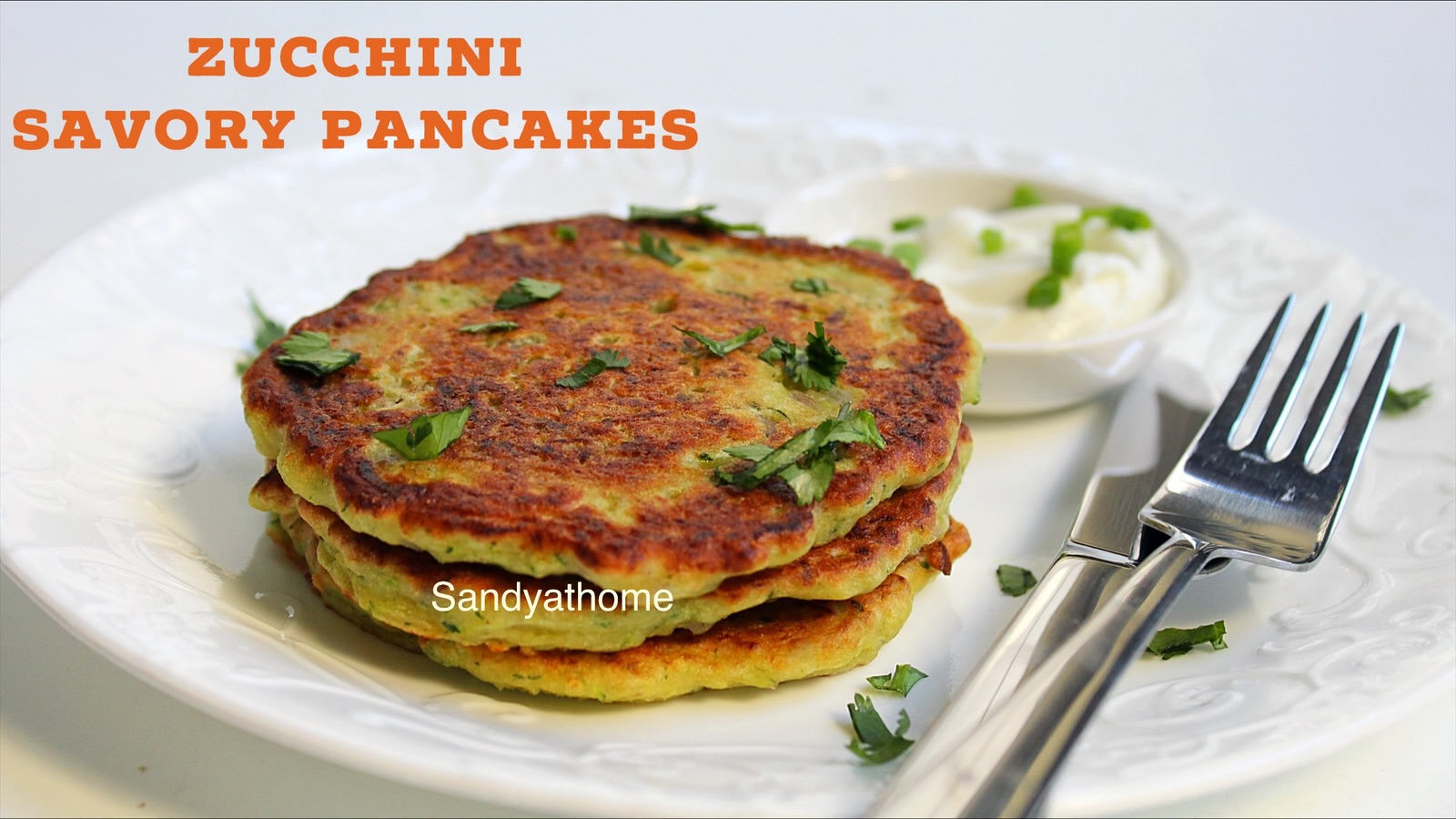It started with a warm batch of homemade chenna — soft, slightly grainy, and just too fresh to ignore. I wasn’t in the mood for rasgullas or syrupy sweets. I wanted something slow-baked, something that reminded me of how banana leaves once held not just meals but memories.
That’s when I remembered an age-old Eastern gem — Chenna Poda, Odisha’s iconic burnt cheesecake made with chenna, sugar, and cardamom. Not the overly sweet shop-style ones, but the kind that village kitchens baked slowly — wrapped in banana leaves and kissed by fire till the edges turned golden.
This is my revival-style Chenna Poda recipe, made with white sugar, baked in banana leaf, and cooked just until caramelised and firm — no moulds, no shortcuts. Just good chenna, cardamom, and time — because some Indian sweets deserve their slow magic.
Bite of History: Chenna Poda
“Chenna Poda” literally means burnt cheese. Folklore says an Odia halwai forgot a pot of sweetened chenna in a dying wood-fired oven overnight; by morning it had caramelised into a golden block that tasted like festival smoke . Villagers soon began wrapping the mixture in sal or banana leaves, placing it beside the hearth to bake while they slept.
Jump to RecipeIngredient Role Table – Indian Cheesecake/ Odia Chenna Poda
| Ingredient | Why it’s here |
|---|---|
| Fresh chenna / paneer | Creamy base, binds naturally |
| Sugar | Sweetness |
| Fine rava (semolina) | Adds body, prevents a rubbery set |
| Ghee | Richness, helps caramelise edges |
| Cardamom powder | Classic fragrance that cuts the richness |
| Pinch of baking soda | Gentle lift, keeps texture airy |
| Chopped nuts (cashew, pista) | Optional crunch |
| Supple banana leaf | Infuses aroma, seals in steam, rustic charm |
You May Also Like these Recipes:
Directions to make indian cheese cake step by step images
- Heat Milk and Curdle
Boil the milk in a heavy pot. Once it starts to rise, reduce the heat and add curd little by little.
- Milk Curdle
Keep stirring gently until the milk splits into chenna and whey. Add more curd if needed until the whey looks clear green.
- Stop the cooking
Turn off the flame. Immediately add ice cubes or cold water to stop the chenna from overcooking and turning rubbery.
- Strain the chenna
Line a colander with a clean muslin cloth or cheesecloth.
Pour the mixture into it to collect the chenna.
Rinse with cold water to remove sourness from curd.
- Drain (but don’t over-dry)
Tie the cloth and hang it for 20–30 minutes to drain excess water.
For Chenna Poda, it should still feel soft and moist when touched — not crumbly or dry.
- Mash u0026 Sweeten
In a wide bowl, knead chenna until uniformly smooth.
Add sugar, rava, cardamom, baking soda, ghee, and nuts optional; mix to a thick batter.
- Wrap the Goodness
Warm banana leaf over low flame to make it pliable; wipe dry, grease ghee lightly.
Pile batter in the center, spread 1-inch thick.
- Bake
Oven: Pre-heat to 180 °C / 350 °F. Bake 45–55 min until the leaf edges char and a toothpick in center comes out mostly clean.
Rest and Slice
Cool 10 min; unwrap carefully. Slice into wedges while warm for oozy edges or cool fully for neat bars.
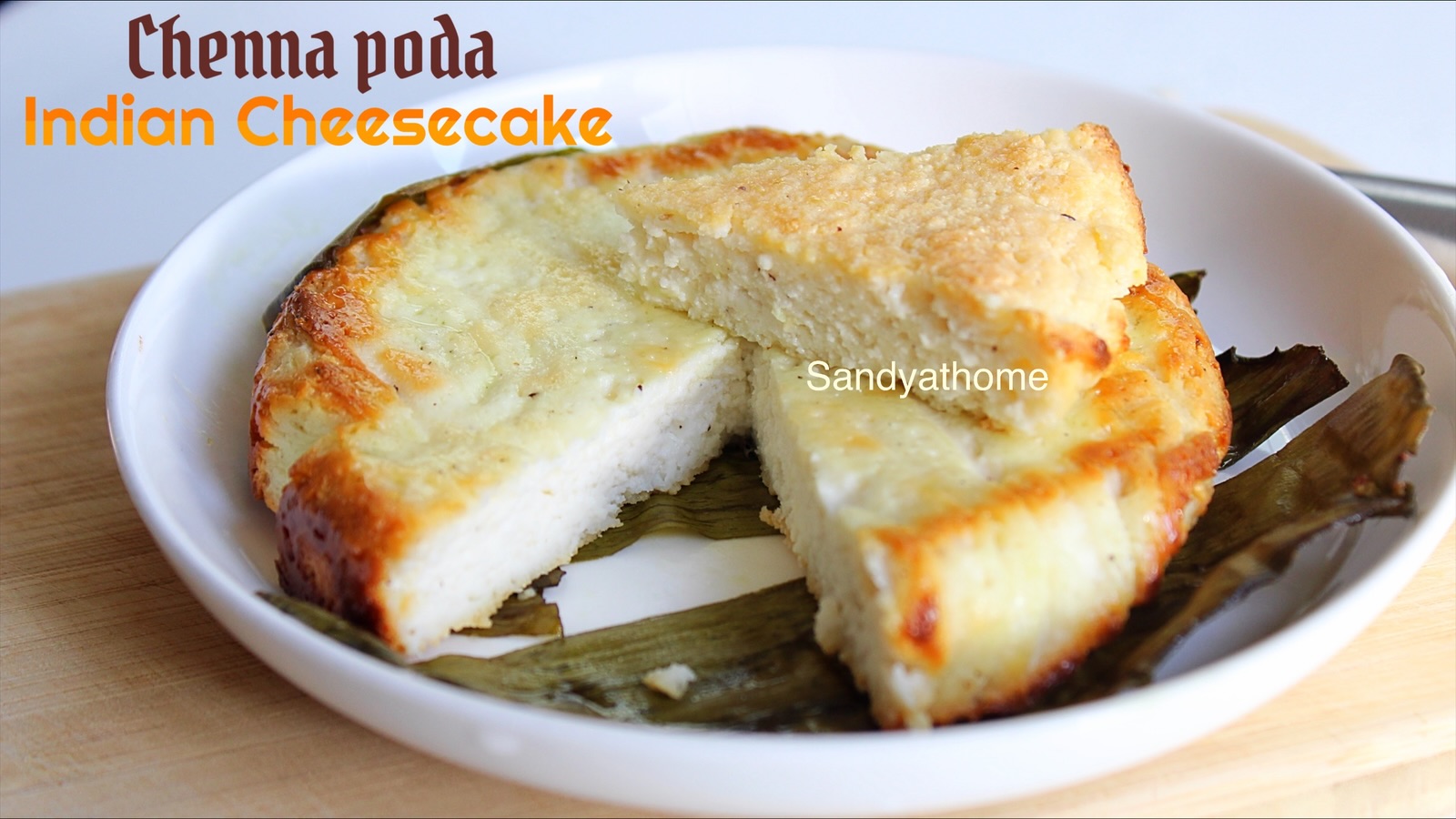
Pro Tips to make tasty Odia Chenna Poda/ Burnt Indian Cheesecake
- Don’t over-dry the chenna: Your chenna should be soft, not crumbly. Slight moisture ensures a melt-in-mouth texture.
- Bake just until golden: The center should still jiggle slightly when done. Overbaking makes it rubbery.
- Use a pliable banana leaf: Gently heat it over flame to make it flexible and prevent tearing.
- Let it rest before slicing: Cooling helps it set well and intensifies flavor.
- Want deep caramel edges?: Sprinkle a little sugar on top before baking for extra golden crust.
Serving Suggestion for Burnt Indian cheesecake
- Serve warm or at room temperature, sliced on fresh banana leaf pieces.
- Perfect as a light festive dessert, post-lunch sweet, or for tea-time indulgence with a cup of filter coffee.
FAQ – Chenna Poda/ Indian Cheesecake
Rubbery texture usually comes from overbaking or using too dry chenna. Bake just until the center sets and use chenna with slight moisture for softness.
Yes! You can bake it in a thick-bottomed kadai or pressure cooker without a whistle, on low flame for about 1 hour. Just make sure it’s wrapped in banana leaf or placed in a steel bowl.
Wrap it in parchment or leaf, refrigerate in an airtight box. It stays fresh for 3–4 days. Reheat in a low oven or steamer before serving.
Fresh homemade chenna is best, but if using store paneer, grate it and soak in hot water for 10 mins before using. This softens the texture.
Yes! It’s naturally protein-rich from chenna and doesn’t use any refined flour or frying. You can also reduce sugar slightly without losing flavor.
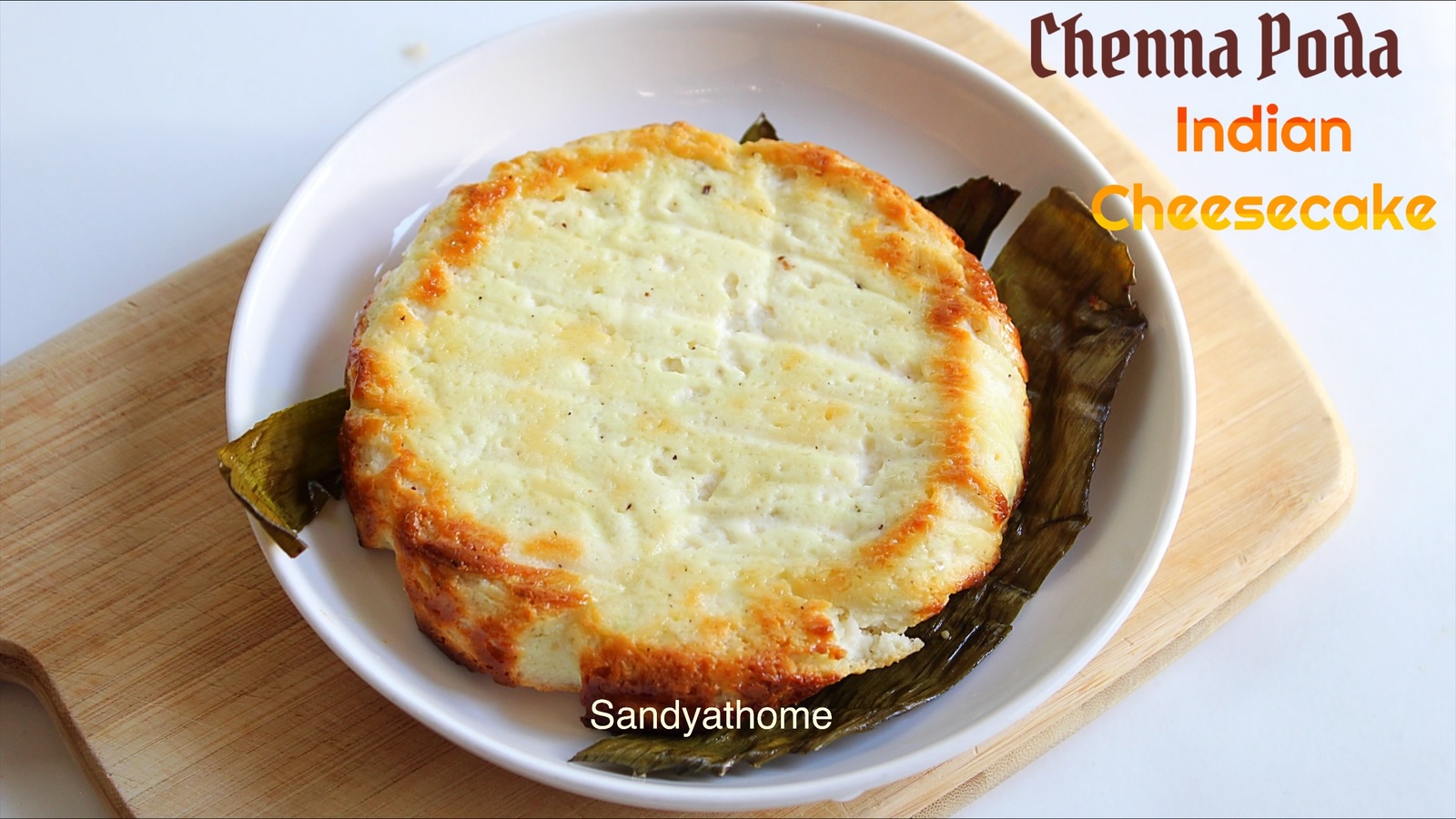
Sweet Recipes
Sweet & Savory Jalapeño Cheddar Cornbread, How to make Cornbread
A soft, sweet–savory cornbread baked with cheddar cheese, pickled jalapeños, and garlic powder — the perfect quick side for Thanksgiving or any cozy meal.
Apple Cobbler, How to make Thanksgiving Apple Cobbler
A cozy, small-batch Thanksgiving apple cobbler made with just two apples, warm spices, and a golden biscuit topping. Perfect when you want a quick fall dessert without making a full tray.
Pumpkin Butter Mascarpone Danish, How to make Pumpkin Butter Danish
Flaky puff pastry filled with a creamy blend of pumpkin and mascarpone, baked until golden and irresistible — the perfect cozy fall treat for National Pumpkin Day!
Instant Junnu Recipe, How to make Instant Kharvas
A quick and nostalgic Indian milk pudding made using instant Junnu powder, raw milk, and cardamom — no colostrum needed! This gently steamed dessert sets into a soft, wobbly texture and tastes just like home, without the overpowering aroma of traditional kharvas.
Carrot Mysore Pak, How to make Ghee Carrot Mysore Pak
Soft, melt-in-the-mouth Carrot Mysore Pak made with fresh carrot puree, roasted besan, sugar, and ghee. A festive twist to the traditional Mysore Pak that’s rich, aromatic, and naturally hued — perfect for Deepavali celebrations.
Millet Suzhiyam, How to make Millet Suyyam
Celebrate Diwali the wholesome way with this Thinai (Foxtail Millet) Suzhiyam / Suyyam — a golden, crisp festive sweet filled with soft jaggery-chana dal goodness. This healthy twist keeps all the traditional flavor while swapping maida for nutritious millet flour.
Rose Jamun, How to make Paneer Rose Jamun
Paneer Rose Jamun is a delightful twist on the classic rasgulla — made fresh from curdled milk (chenna) and flavored with fragrant rose syrup. Each piece is soft, juicy, and blush-pink in color, soaked in a sweet rose-cardamom syrup that fills your kitchen with a festive aroma. Perfect for Diwali, Holi, or any celebration where you want homemade mithai magic!
Eggless Pumpkin Cake, How to make Pumpkin Cake
Soft, moist, and warmly spiced, this Eggless Pumpkin Cake melts in your mouth with a tender crumb and a cozy hint of cinnamon and nutmeg.
Mini Jangiri, How to make Mini Imarti
Mini Jangiri made with urad dal and a pinch of turmeric for natural color — golden, syrupy, and perfectly festive in every bite.
Eggless Brookie, How to make Eggless Brookie
Eggless brookies combine the best of both worlds — a chewy cookie top with a fudgy brownie base. With a shiny crinkle crust and gooey center, these bars are the perfect indulgence for chocolate lovers.
